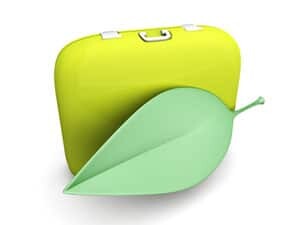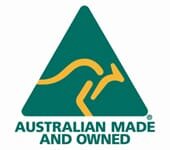 In the 1970’s the legendary musician Tim Buckley released his ground-breaking album Greetings from LA.[1] The image on the album’s front cover showed a smog shrouded Los Angeles horizon shot, with blue skies blanketed by a thick brown canopy of smog stretching across the skyline. It was one of the first mainstream popular shots decrying the impact of pollution, and it heralded and signalled a taste of what was to come.
In the 1970’s the legendary musician Tim Buckley released his ground-breaking album Greetings from LA.[1] The image on the album’s front cover showed a smog shrouded Los Angeles horizon shot, with blue skies blanketed by a thick brown canopy of smog stretching across the skyline. It was one of the first mainstream popular shots decrying the impact of pollution, and it heralded and signalled a taste of what was to come.
These days, the quality of air we breathe is a constant source of concern and coverage. In Japan and other parts of Asia, daily commuters frequently wear masks in order to minimise the risk of lung damage and breathing difficulties that result from poor air quality. And in Australia, air quality is monitored and reported, on various sites such as the Australian Government’s air quality webpage.[2]
Australians “consistently rank air pollution as a major environmental concern,” the site says. “The state of our air is an important factor in the quality of life in Australian cities. It affects the health of the community and directly influences the sustainability of our lifestyle and production methods.”[3]
The monitoring of air quality in Australia is divided into 3 main sectors:
- Transport
- Residential
- Industry
Industry in particular, is focused on specifically and emissions from this sector are reported to the National Pollutant Inventory, which is also subject to state and territory control and monitoring control programmes.
The National Pollutant Inventory[4]
This overarching body provides industry, the community and local and state and federal governments as well as green groups and other organisations, comprehensive and free data and information about all many of substance emissions in Australia. Many of our activities – at home, at work and at play, impact the air we breathe in one way or another and the National Pollutant Inventory tracks all of these across Australia so that the community has access to a central body of information that pertains to toxic substance in the air and their potentials for impacting us adversely.
The NPI website also offers comprehensive information which includes:
- Substance fact sheets
- Latest NPI reports
- Annual publications outlining data relating to pollution emissions
- Industry tips and frequently asked questions
- Information for students and for teachers
- Guides to understanding NPI data.
If you require sound and thorough information that relates to pollution and air quality in your local or state area or your region, be sure to check the Australian Government’s NPI website.
Envirosafe Solutions keeps abreast of latest news and topical sites and scenarios that may be of help to its clients and many customers. If you require more information on their eco-friendly liquids and products, please also call the team on 1300 889070.
[1] http://en.wikipedia.otg/wiki/File:Tim_Buckley_-_Greetings_From_L.A.jpg
[2] http://www.environment.gov.au/atmosphere/airquality/
[3] Ibid.

































